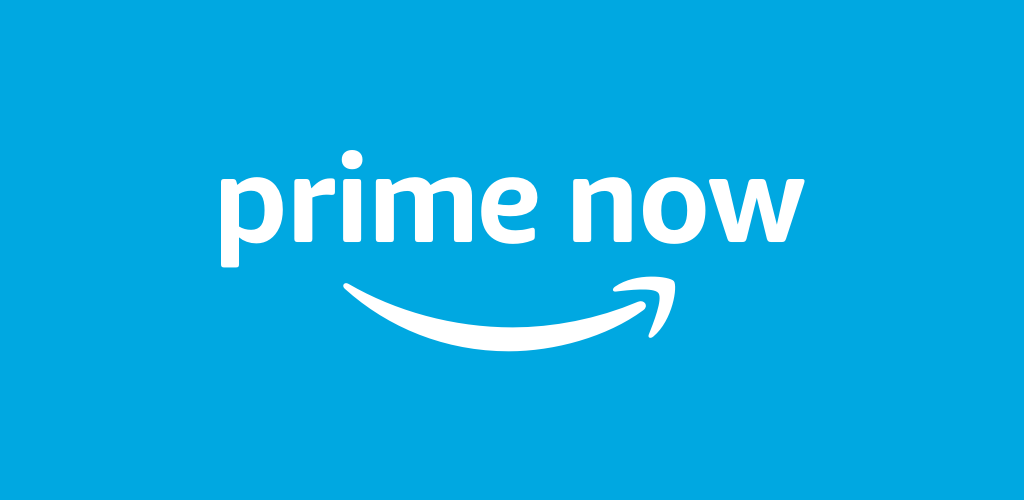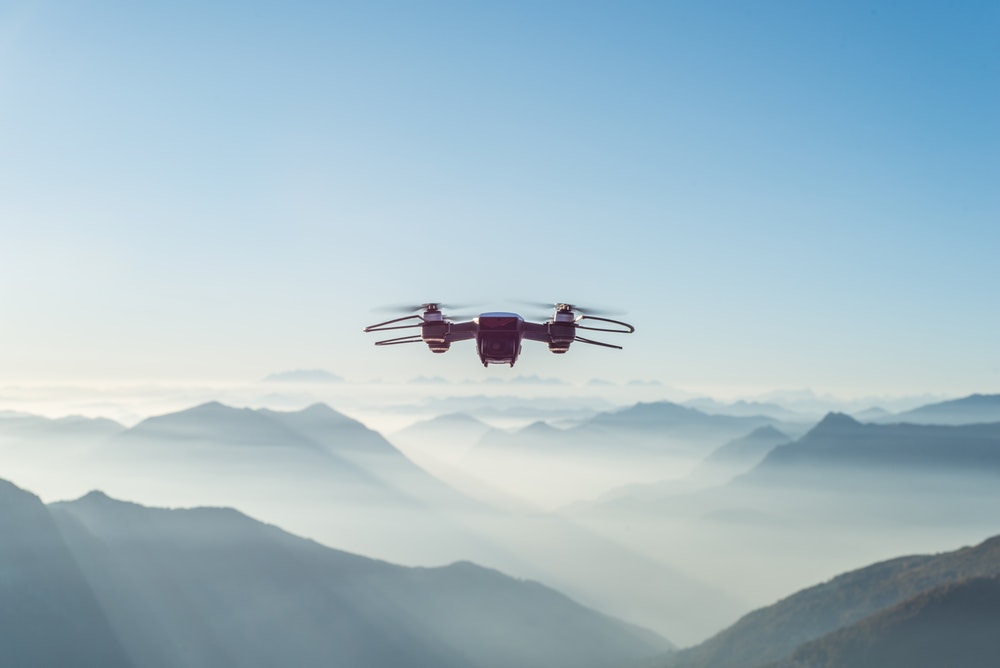
Last week, Label Source talked all about the advantages of asset tags on this blog, as well as asset tracking’s definition. This week, we’re listing the most ingenious uses of asset tagging in recent years which encapsulate the benefits of asset management.
From Amazon to drones, find out how asset tagging and tracking is evolving with modern-day demands.
Amazon’s Unorthodox Approach

Amazon’s warehouse organisation is enough to make any neat freak go mad. The company flies in the face of most organisational standards by opting for random stow as opposed to sorting assets by name or type. This is particularly apparent in its one-hour delivery time service Prime Now, which is available in inner-city areas.
The reason for this organised madness? It’s time. In order to deliver on its consistent and high-quality delivery time, Amazon uses asset tagging. Each item is placed randomly with a scanned asset tag. Following that, when an item is ordered, the company’s in-warehouse computer calculates the fastest route to that product or group of products, ensuring it gets out the door as soon as possible.
While it mostly makes sense to group items together, an Amazon factory’s in-built asset tagging and tracking system organises the route with efficiency in mind. The computer calculates the perfect route from among hundreds of routes.
If items were stocked all together, the possible number of routes would be exponentially lower, meaning there is less opportunity to save time. More route options mean there is an improved chance in finding a statistical outlier which is, in reality, the shortest route to export.
If these products were grouped by type, it would actually take longer for Amazon to ship the package out. By combining randomness with organised, diligent asset tracking, the company has cut out a lot of organisation and travel time.
https://www.youtube.com/watch?time_continue=17&v=5TL80_8ACPc
Drone Asset Management

Increasingly, drones are employing asset tagging and management for a number of processes. Namely, much like Amazon’s technical solution, drones can cut down significantly on travel time.
Drones can now use tagging technology from the air, including RFID tracking, barcodes and sensors to accurately find and log the geo-location of products or containers. This is incredibly useful when a business has a wide stock over a large geographical area, such as when searching for shipping containers or scanning outdoor power plants.
Without asset tags and management principles, though, exciting technology like the drone would be rendered useless.
RFID Tracking in the Medical Industry

RFID tracking is essentially a more sophisticated, secure version of common barcode asset tagging. Pharmaceutical companies are now using RFID asset tagging best practices to revolutionise the industry.
Nephron Pharmaceuticals is one such company that is now building RFID tracking into labels for pre-filled syringes. That way, healthcare businesses just need to use a device known as a RFID reader to quickly find the syringes they need, thus removing the need for manual checks when restocking or dispensing.
Once again, by matching the fundamental principles of asset tags and asset management best practice with technology, efficiencies are found.
Stanley Black & Decker: Asset Tagging Improving Worker Productivity

Asset tagging has even been used to benefit worker productivity. For example, at a Stanley Black & Decker factory in Mexico, management has utilised RFID asset tags to track the speed of production, as well as allowing them to be used if an employee runs into trouble on the line. The result is that management can solve problems immediately after they become apparent.
https://www.youtube.com/watch?v=qec9L_uMqH0
What asset tags show is that labels aren’t solely used for health and safety; they can have effective benefits for businesses all over the world. Label Source has stocked a comprehensive array of asset tags to help businesses streamline stock and start asset tag management.